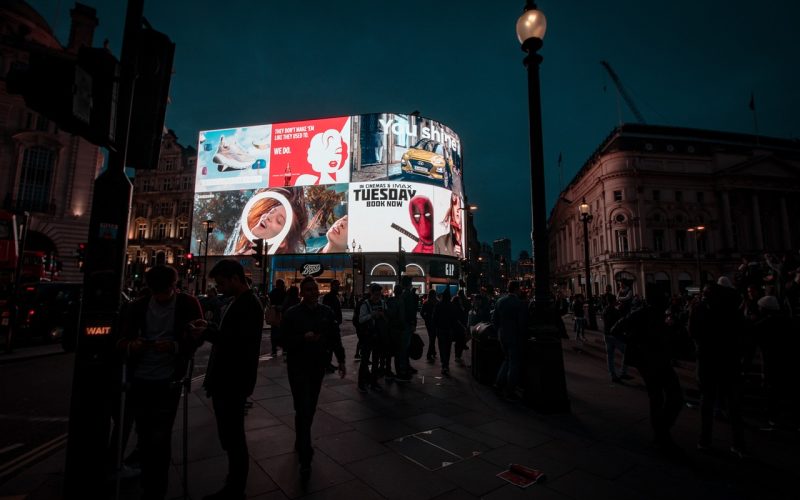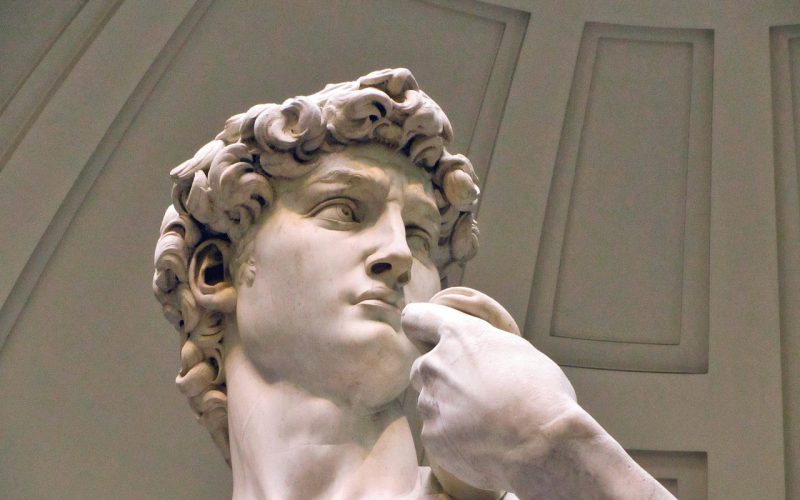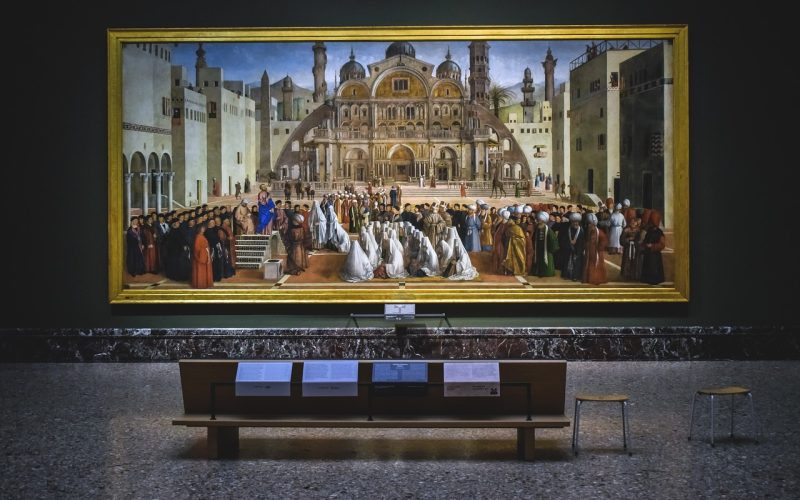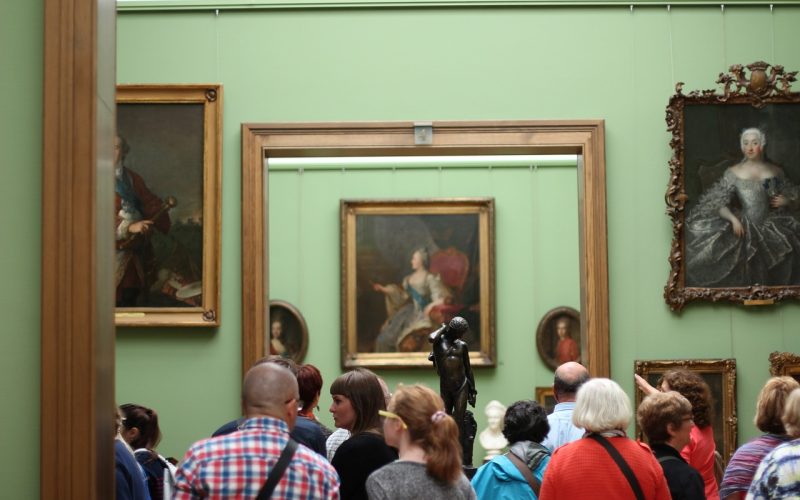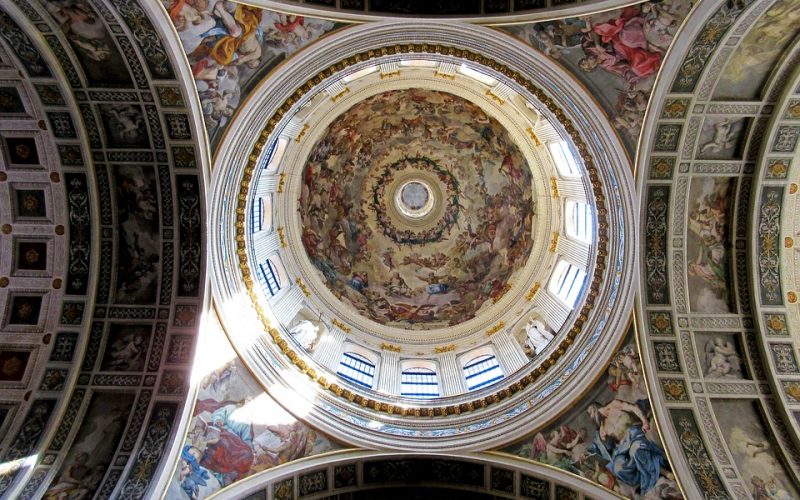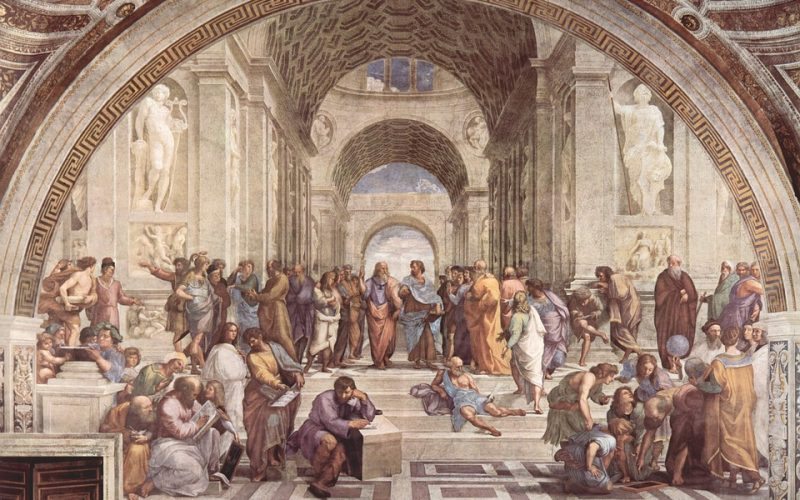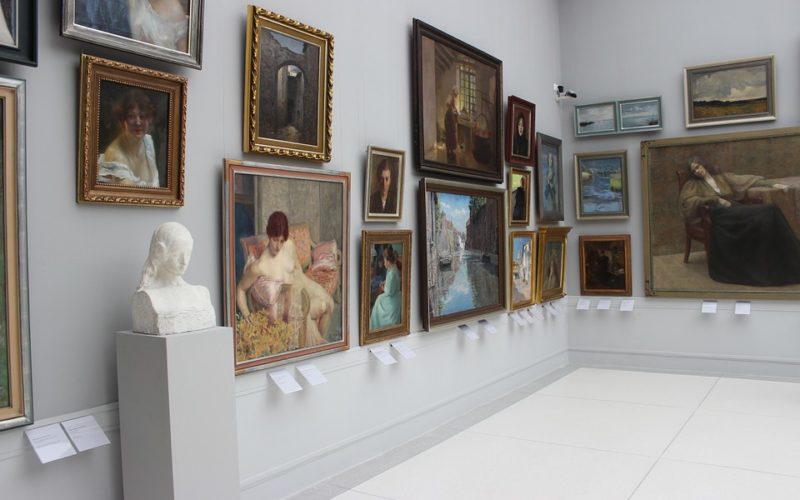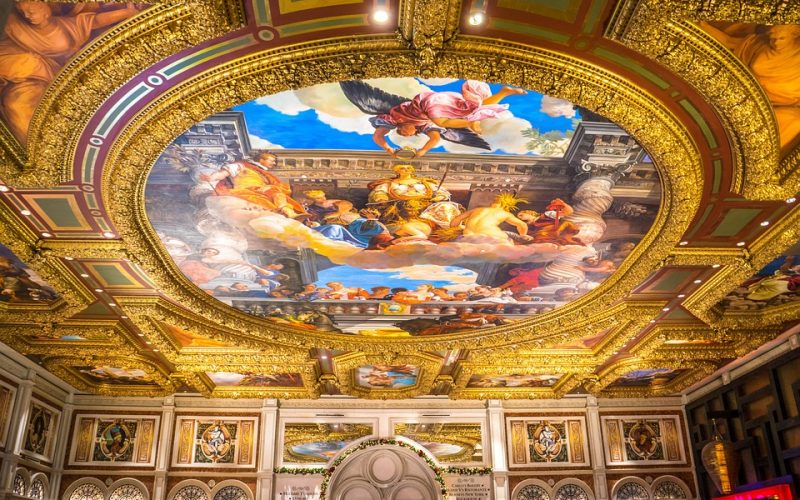The influence of European painters on popular culture is a testament to the enduring power of art across centuries. From the vibrant scenes of the Renaissance to the abstract expressions of modernism, European artists have not only shaped the trajectory of art history but have also left indelible marks on various facets of popular culture, ranging from fashion and film to advertising and beyond.
Renaissance revival in fashion and design
The Renaissance period, marked by painters such as Leonardo da Vinci and Michelangelo, has had a profound influence on contemporary fashion and design. The use of rich colours, intricate patterns, and classical motifs in modern fashion often echoes the opulence of Renaissance art. Designers frequently draw inspiration from these masterpieces, translating the grandeur of frescoes and paintings into wearable art. The iconic Mona Lisa and The Birth of Venus are examples of artworks that have been reimagined in the fabric and form of haute couture collections, illustrating the seamless blend of history and modernity.
Baroque drama in film and theatre
Baroque artists like Caravaggio and Rembrandt mastered the art of dramatic tension through light and shadow, a technique known as chiaroscuro. This approach has become a staple in cinematography, influencing directors and filmmakers in creating visually compelling narratives. The intensity and emotion captured in Baroque paintings have inspired film genres ranging from period dramas to psychological thrillers, where lighting plays a crucial role in storytelling. Theatre productions also borrow from the dramatic flair of Baroque art, using elaborate costumes and sets to bring historical tales to life on stage.
Impressionism's impact on visual storytelling
The Impressionist movement, spearheaded by painters like Claude Monet and Vincent van Gogh, revolutionised the way light and colour were perceived in art. This movement's emphasis on capturing fleeting moments and the essence of a scene has profoundly influenced visual storytelling in media, particularly in photography and film. The Impressionists' approach to depicting everyday life with spontaneity and emotion resonates in contemporary advertising and visual campaigns, where capturing a moment's authenticity is key to engaging audiences.
Surrealism's reach in advertising and branding
Surrealism, led by artists such as Salvador Dalí and René Magritte, challenged conventional perceptions of reality with their dreamlike and often bizarre imagery. This avant-garde movement has significantly impacted advertising and branding strategies, encouraging creativity and the breaking of traditional moulds. Brands frequently harness the surrealist aesthetic to create visually arresting advertisements that captivate the imagination and provoke thought. The blending of fantasy with reality in surrealism allows brands to communicate complex messages in an intriguing and memorable manner.
Modernism's abstraction in digital art
European painters from the modernist era, like Pablo Picasso and Wassily Kandinsky, explored abstraction, reshaping the landscape of visual arts. Their influence extends into the realm of digital art, where abstract concepts are translated into digital mediums through technology. The abstract forms and bold colours characteristic of modernist art are prevalent in graphic design, web design, and even video games. This movement's legacy is evident in how digital artists experiment with form and perspective, pushing the boundaries of how art is created and experienced in the digital age.
Street art's nod to the masters
Lastly, the influence of European painters can be seen in the vibrant world of street art. Artists like Banksy and JR, who merge social commentary with visual art, often reference classical paintings in their work. By reworking famous artworks in urban environments, street artists pay homage to the masters while challenging viewers to reconsider traditional art forms. This dialogue between high art and street art enriches popular culture, making art accessible and relevant to diverse audiences worldwide.
The impact of European painters on popular culture is both profound and multifaceted. Their artistic innovations have transcended time, finding new life and meaning in various domains of contemporary culture. Through fashion, film, advertising, and beyond, the legacy of these artists continues to inspire and shape the world we live in today.
